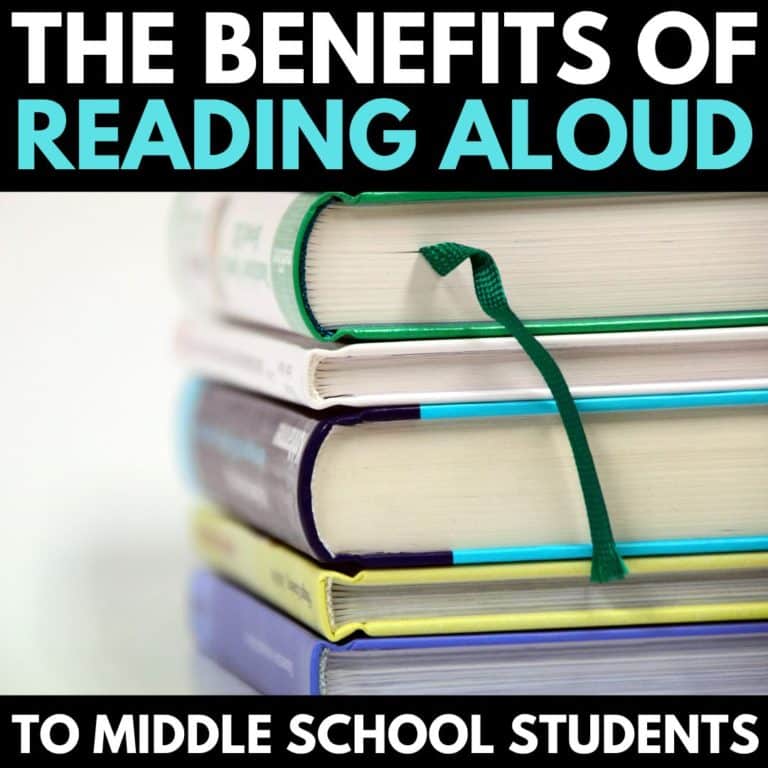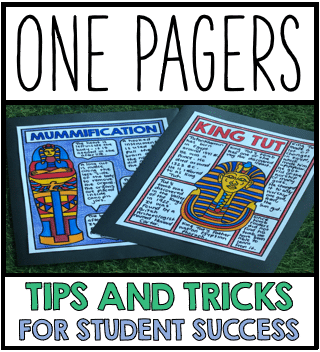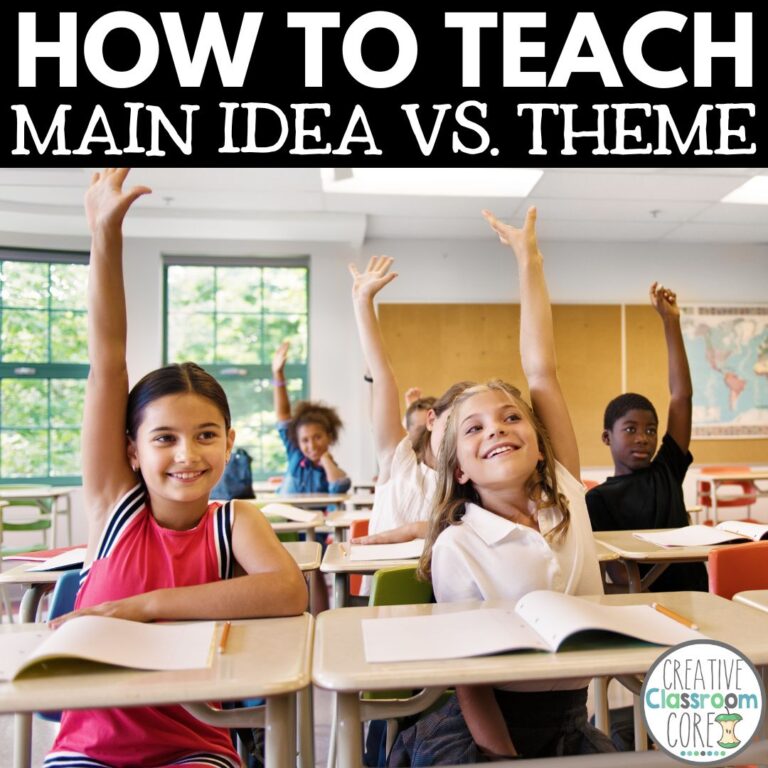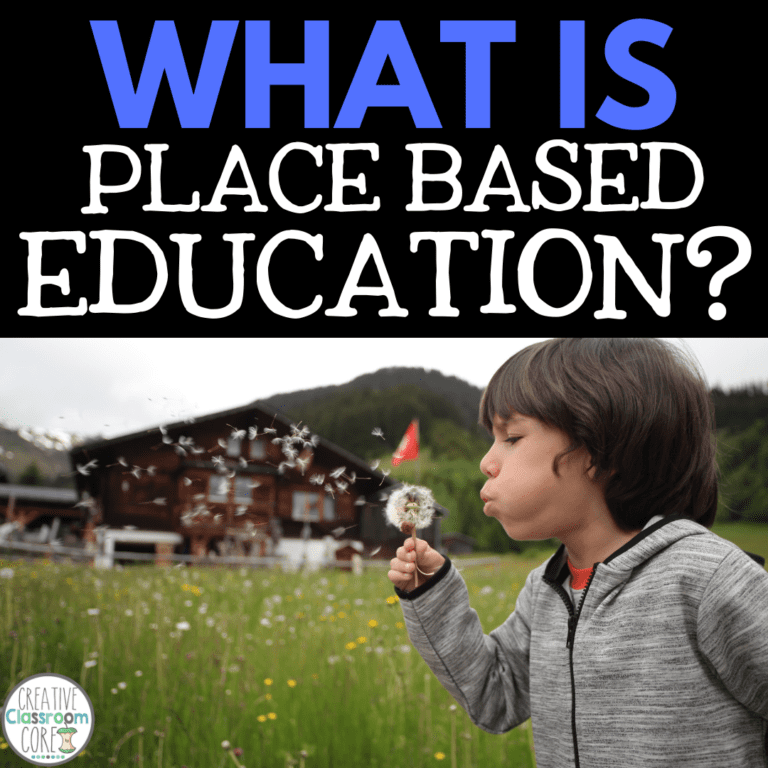Introduction to Story Studio
By MARISSA DESPINS Updated April 09, 2024
In today’s post, I want to shine a spotlight on a teaching strategy that truly fuels my passion – Story Studio. This dynamic literacy framework holds a lot of powerful insights to explore. Today, our discussion zeroes in on what Story Studio entails, its structural elements, and the advantages I’ve personally observed while implementing this framework with my students.

What is a Story Studio?
The Story Studio serves as a dedicated space centered around a literacy framework inspired by place-based learning and Reggio Emilia approaches. These rooms brim with captivating materials that both young and older learners are eager to engage with, manipulate, and delve into. By actively engaging in hands-on exploration with diverse loose parts, students gain the chance to construct, react to, and engage in discussions about stories.
Where did the inspiration for Story Studio come from?
I first heard about Story Studio through work being done with students at The Hive in Delta BC, and Opal School in Portland. I was incredibly inspired by the ways these schools were using loose parts to explore and develop writing. If you are looking for some fantastic professional development, I strongly suggest checking out those sites.
I initially delved into the exploration of Story Studio within my classroom by arranging an assortment of baskets containing diverse loose parts and natural materials on a side table. Witnessing the remarkable engagement and success of this literacy framework in motivating my young writers, I collaborated with our principal to establish a permanent Story Studio in a previously unused area within our school. . You can read all about the construction of our Story Studio in a future post.
How is Story Studio learning structured?
In our studio, we follow the framework originally developed at Opal School and The Hive; inspire, create, and share. According to the University of British Columbia,
“This framework is used to connect experiences in nearby, outdoor places or prior learning experiences to creating a learning story. This framework helps deepen thinking and learning… The Inspire – Create – Share learning cycle affords students the opportunity to transform facts, stories, and teachings into their own story. Through playing and replaying, this process of meaning making becomes their own learning, authentic and embedded in their experiences”.
Inspire
A Story Studio based lesson begins with inspiration. The teacher provides students with some form of initial instruction meant to inspire story development and construction. A few ideas for this include:
reading a picture book aloud to the class
These activities often link directly to the curriculum or center around a key big idea. For instance, after a read-aloud about the water cycle, students might demonstrate their understanding during the creative part of the lesson. Alternatively, following a read-aloud about kindness, students could reflect on ways to display kindness in various settings, like the playground, classroom, or home, through storytelling.
For additional information about classroom read alouds, check out our complete Interactive Read Aloud Guide!
Outdoor exploration
This might involve guided or open exploration of an outdoor area. For instance, students might embark on a walking field trip across the school field. Afterward, they could use loose parts to depict what they observed – sights, sounds, scents, and sensations – during the creative part of the lesson.
For additional information on outdoor learning, check out our guide to place based education!
Reflect on experiences
This could include reflections on class lessons, field trips, assemblies, or significant moments in students’ lives. For instance, after a field trip to a nearby farm, students could use loose parts to construct something they learned. Similarly, they could reflect on a holiday break by building and explaining a fun family activity. When reflecting on class lessons, students might demonstrate their understanding of math, science, or history concepts through loose part creations.
Create
In this phase of the framework, students build their stories. Tables hold baskets of loose parts, story materials, or art supplies, offering open-ended access. Using these items, students shape their stories and are prompted to act them out; they can physically manipulate the pieces as they progress through their creation while narrating the story.
In the image above, the student shared a narrative that reflected on her recent dance practice and the altered dynamics due to Covid-19 protocols. As she manipulated the pieces, she discussed the new necessity for social distancing during dance class. The use of wooden peg people to symbolize dancers and bracelets to signify their “bubbles” is evident.
Story Studio evidently prompts profound cognitive engagement, demanding students to transform abstract mental images into tangible representations, showcasing the transition from conceptual ideas to concrete depictions.
Share
In the concluding phase of the Story Studio framework, students engage in sharing. This stage involves students orally presenting their stories to peers or their teacher. During this phase, teachers frequently capture these stories using photographs, videos, or transcriptions. This evidence can later aid students in transcribing and elaborating on their stories once they’re back in the classroom.
What are the benefits of using Story Studio?
I have been using this pedagogy in my classroom and studio space for the past two years, and have noticed the following benefits:
Engagement is high
The introduction of loose parts triggers excitement even in the most hesitant writers. Displaying a range of materials and regularly altering them guarantees a consistent source of inspiration for kids to engage with and explore.
For more information on classroom engagement, check out our top tips for engaging lessons!
When it is time to write, everyone has something to write about
Students have extensively brainstormed and engaged in discussions about their stories. Each member of the group possesses a well-defined starting point before they begin putting their ideas down on paper.
Confidence
In Story Studio, everyone perceives themselves as storytellers. The stories created are open-ended, enabling students to draw from their individual experiences.
Authentic problem solving through play
Students are given time to work through their stories, solving issues that arise as they are presented.
Access points for all learners
Activities presented in Story Studio can easily be differentiated to meet kids where they are at. Thriving writers have free reign to take their stories where they are inspired to go. Striving writers can orally retell their stories, removing written output barriers.
Increased writing volume
Because they have time to talk through their stories, they know where they are going with their writing. They also have a visual to go back to when they get stuck.
Decreased story violence
As their stories center on the loose parts you provide, I’ve observed a decline in stories featuring guns or violent scenarios. Frequently, I include items like small animal puppets or plastic creatures; this has resulted in a noticeable increase in stories about imaginative animal escapades and a notable reduction in stories concerning video games and warfare.
Increased creativity
I have noticed more unique stories coming out of Story Studio; stories revolve around the loose parts, and not the video game they played the night before, or the conversation they just had at recess.
Not just for primary!
This is a great teaching strategy for all learners! I truly believe intermediate, middle, and high school students could benefit from the deep thinking, brainstorming, and idea development that the framework of Story Studio provides.
Looking for more information on Story Studio?
Check out my previous posts below.
Constructing the Learning Space
Interested in signing up for my email list?
If you are interested in signing up for my email list, you can do so by clicking on the link below. I periodically send out emails with free resources, teaching tips, and exclusive deals. Signing up will also give you immediate access to some of my best selling Interactive Notebook resources – foldables, graphic organizers, and other fun activities.













